
Our 9-day trip to Turkey in September was short, and it was not about birding. Even so, our short stay did allow me contact with a good number of habitats. The historic center of Istanbul offered urban and coastal birds. The wetlands of Izmir’s bay were full of flamingos and other shorebirds. Several days later, I saw woodland birds in a forested valley.
Our hosts wanted us to see at least one of Turkey’s biblical sites, along with a small archaeological site in the center of Smyrna that we had visited. It wasn’t practical to make a side trip to Ephesus, the crown jewel of this archaeology. So, instead, we made a morning trip to Bergama, which is the Turkish name for the Biblical city of Pergamum.
The remains of the Biblical (and pre-Biblical) city are on a mountaintop, high above the modern city. The terrain is rocky and dry, with only a very few trees. And that meant a whole new set of birds. I did not see many species. But most of them were unique to this kind of terrain.

Far below the ruins, a reservoir offered me a single Dalmatian Pelican. I had seen Great White Pelicans in Izmir, but the Dalmatian Pelican was a new-to-me inland bird. Overhead, a Booted Eagle rode thermals slowly upward. I had already seen this raptor in Spain, preparing to cross the Straits of Gibraltar. Could this individual have done the same, across Turkey’s Bosphorus straits, recently?
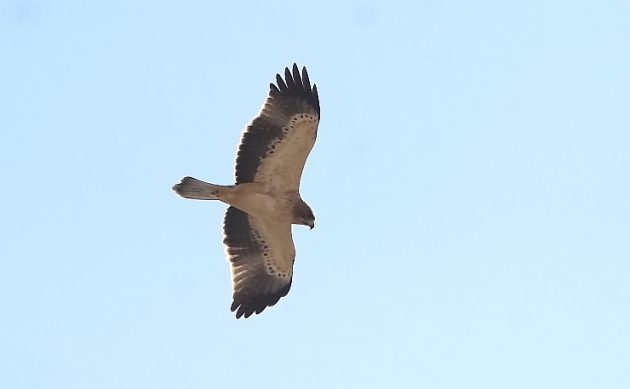
But it was on the ground that the most interesting species turned up. (Where else could they be, with so few trees?) There, to our right, was an Isabelline Wheatear, my first of this group. Wheatears are ground-loving Old World Flycatchers, quite unrelated to Mexico’s many Tyrant Flycatcher species. Many males sport bold black-and-white plumage, surprising for birds that spend most of their time on sandy and dry ground. The Isabelline Wheatear is an exception; its name apparently refers to the color of parchment.
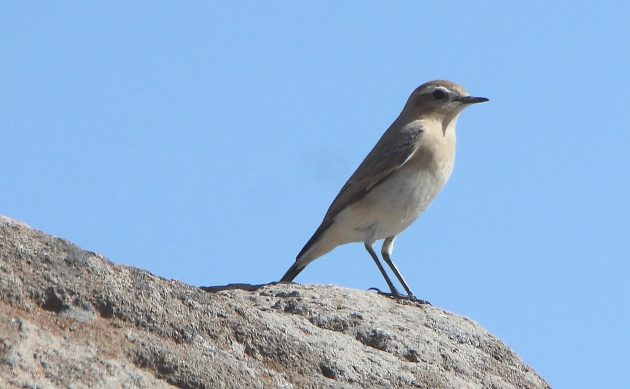
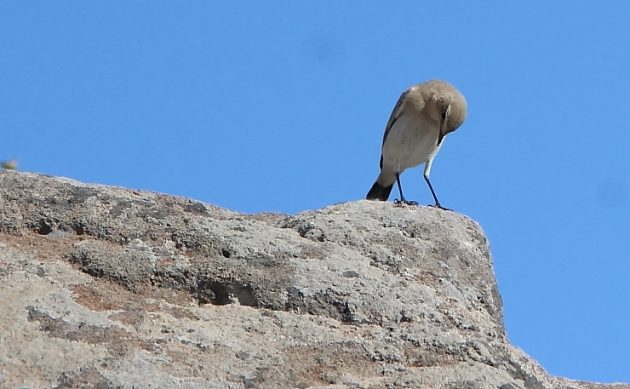
In contrast, four Eastern Black-eared Wheatears certainly did rock the black-and-white look. Very editorial, as the fashion world would say.

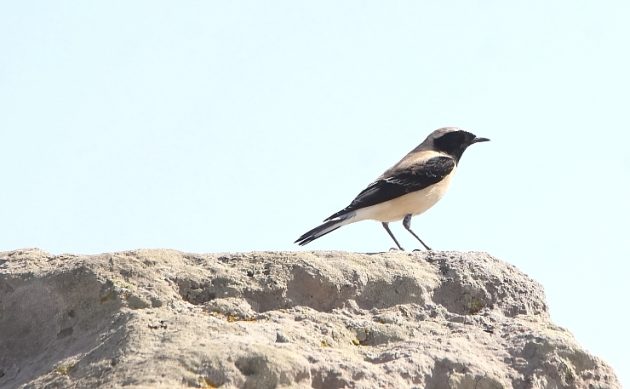
And then I saw my biggest surprise of the day. Nuthatches, in my New World mind, are exclusively woodland birds. They love to climb every-which-way on tree trunks; I can’t remember if I had ever seen one on the ground. And yet, here was an unmistakeable Nuthatch, hopping over a rocky outpatch, far from any trees whatsoever. It looked just like Mexico’s arboreal White-breasted Nuthatch. I quickly checked my birding app, and found a name that sounded to me like a contradiction in terms: Western Rock Nuthatch. “There are more things in heaven and earth, Horatio, than are dreamt of in your philosophy.”
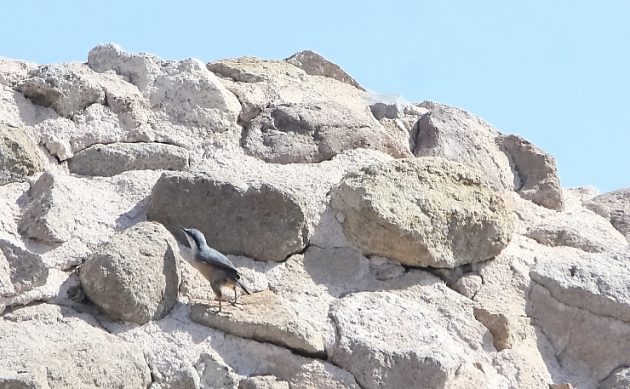
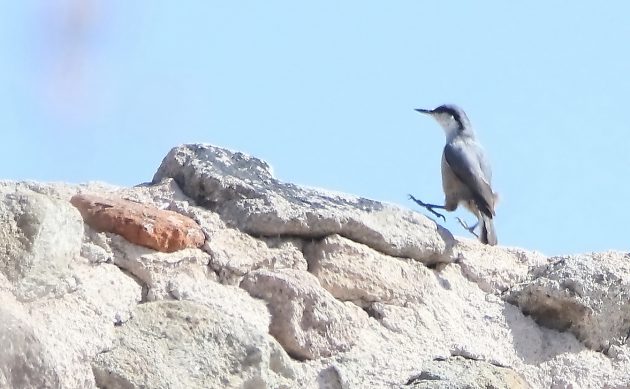
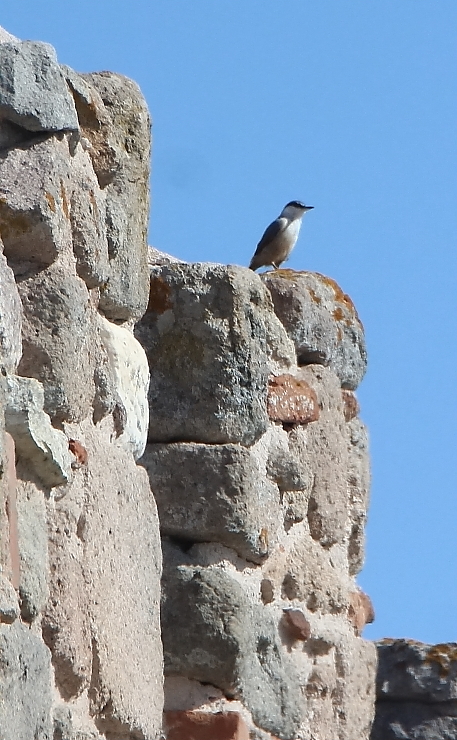
Two days later, the story got even stranger, when we went to that wooded canyon. A rockslide had occurred in the midst of these dense woods. And there was another Rock Nuthatch, happily climbing on the rocks, completely ignoring the surrounding trees.











Leave a Comment